Summary
Anglers can expect to catch smallmouth bass, largemouth bass, crappie, bluegill, sunfish, and catfish.
In addition to fishing, visitors can enjoy hiking, camping, boating, and swimming in the calm, clear waters of the lake. The nearby Cherokee National Forest offers plenty of opportunities for outdoor activities and exploring.
Anglers looking to catch smallmouth bass should focus on fishing in rocky areas, while largemouth bass tend to congregate around submerged logs and vegetation. Crappie can be found near the dam, and bluegill and sunfish are abundant throughout the lake.
The best time to visit Indian Boundary Lake for fishing is from March to May and September to November. During these times, the average temperature ranges from 50-70 degrees Fahrenheit, making for comfortable fishing conditions.
Some helpful fishing tips for Indian Boundary Lake include using live bait, such as worms or minnows, and fishing during the early morning or late afternoon when the fish are most active. Additionally, anglers should consider using light tackle and fishing in shallow areas for the best results.
Overall, Indian Boundary Lake is a great fishing and outdoor destination for anglers of all skill levels. With its abundant fish species, nearby activities, and beautiful scenery, it's definitely worth a visit.
Weather Forecast
Nearby Streamflow Levels
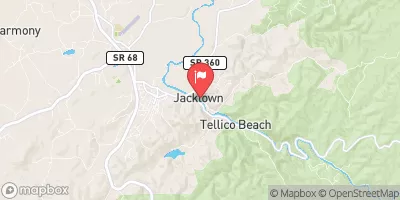 Tellico River At Tellico Plains
Tellico River At Tellico Plains
|
98cfs |
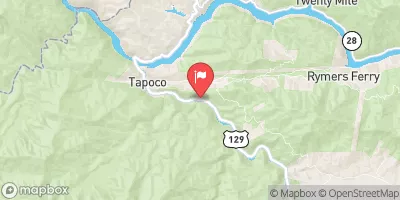 Cheoah River Nr Bearpen Gap Nr Tapoco
Cheoah River Nr Bearpen Gap Nr Tapoco
|
113cfs |
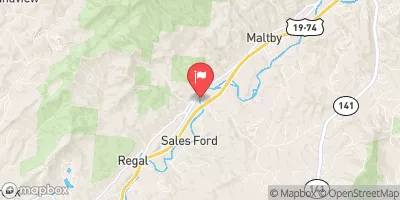 Valley River At Tomotla
Valley River At Tomotla
|
108cfs |
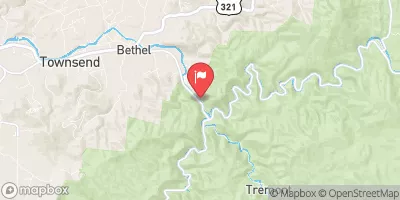 Little River Above Townsend
Little River Above Townsend
|
95cfs |
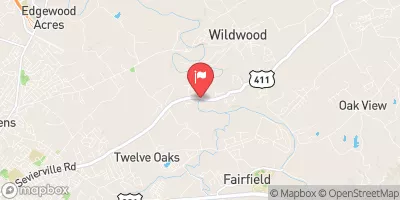 Little River Near Maryville
Little River Near Maryville
|
135cfs |
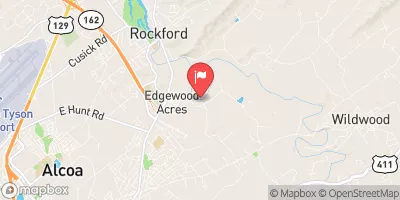 Little River Near Alcoa
Little River Near Alcoa
|
138cfs |
Angling Safety Guidelines
Check local fishing rules, seasons, size limits, and license requirements to ensure legal and sustainable angling.
Handle Fish Responsibly
Use wet hands, minimize air exposure, and release fish gently to improve survival rates when practicing catch-and-release.
Choose the Right Gear
Match your rod, line, and tackle to the species and conditions to increase success and reduce unnecessary harm to fish.
Respect the Waterway
Avoid disturbing habitat, prevent bank erosion, and keep a safe distance from spawning areas to protect ecosystems.
Keep It Clean
Pack out all line, hooks, bait containers, and trash—discarded gear can injure wildlife and degrade waterways.

 Citico Creek
Citico Creek
 Tellico River
Tellico River
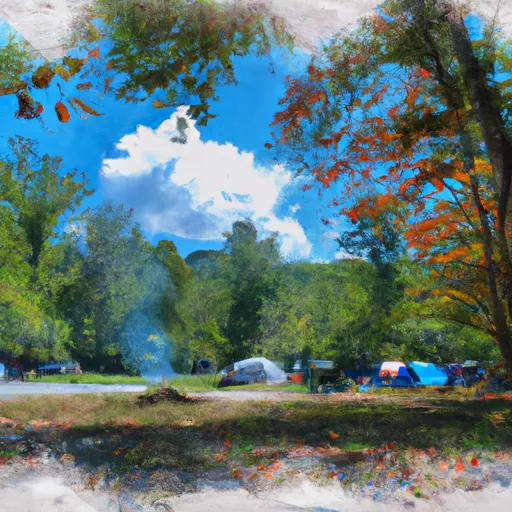 Indian Boundary Overflow Campground
Indian Boundary Overflow Campground
 Indian Boundary Recreation Area
Indian Boundary Recreation Area
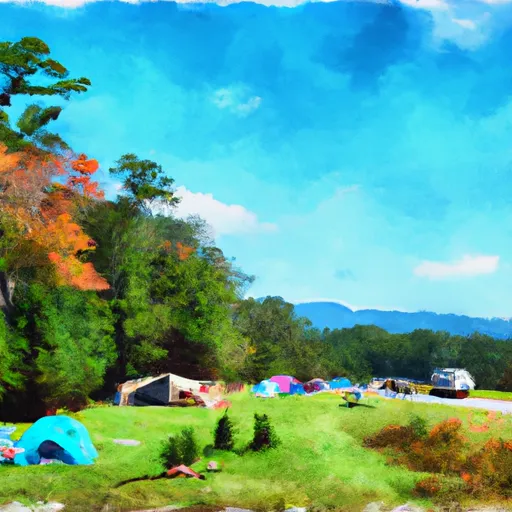 Indian Boundary Rec Area
Indian Boundary Rec Area
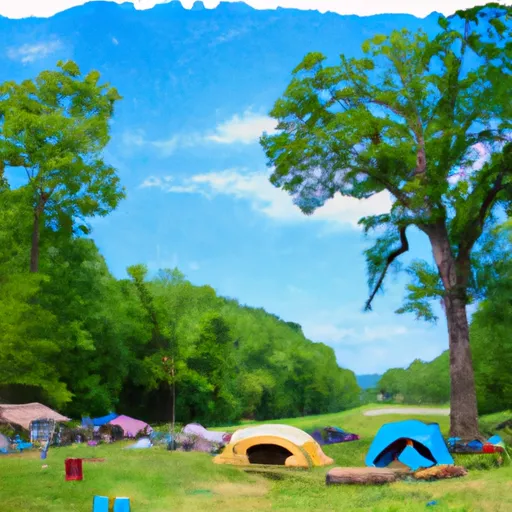 Indian Boundary Campground
Indian Boundary Campground
 Double Camp/Citgo Creek
Double Camp/Citgo Creek
 Jake Best Campground
Jake Best Campground
 Indian Boundary Dam
Indian Boundary Dam
 Indian Boundary Boat Ramp Monroe County
Indian Boundary Boat Ramp Monroe County
 Wilderness Bald River Gorge
Wilderness Bald River Gorge
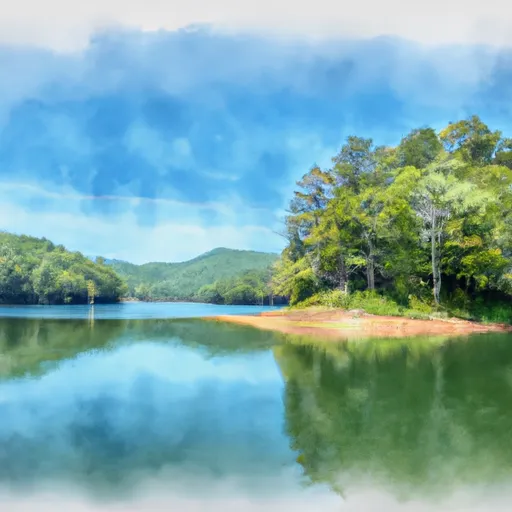 National Conservation Area Tellico Lake - Chota Unit
National Conservation Area Tellico Lake - Chota Unit
 Wilderness Joyce Kilmer-Slickrock
Wilderness Joyce Kilmer-Slickrock